|
I woke up on Monday thinking
that it would be good to fly south to escape the worst winter in Beijing for many a year. And just to prove that China
is a land of possibilities as well as of extremes, the following day (yesterday) I arrived in a place 2763km from and
30 degrees warmer than the capital. Sanya, in the far south of the island province of Hainan, is popular with those
who love sandy beaches, warm sea, and the night life that goes with those attractions. It's also popular with those who
really do like to get away from it all: From Sanya's airport, it's a mere two hour
drive to Jianfengling, one of the best rain forest areas in China, and home to the much sought-after Hainan Peacock-Pheasant
as well as an impressive supporting cast of mid-altitude southern China species, many of which are represented by sub-species
that are endemic to the island. This is my fifth visit to Hainan and my
second visit to Jianfengling. Last year, I saw some very special birds, but didn't get close to seeing the Peacock-Pheasant.
Would I have better luck this year I wondered as the car left the warmth and blue skies of the coastal lowlands
and headed up the fog-shrouded mountain. I arrived at 3pm, with three hours of exploring left in the
day. Alas, the thick fog got even thicker and, remarkably, I only managed to actually see two species of birds
- Grey Wagtail and the ubiquitous Puff-throated Bulbul. "It
will be fine tomorrow," said an old man I passed on one of the tracks. In these parts perhaps it's a case of "Thick
fog at night, sheperd's delight" I mused. Sure
enough, the fog had completely gone by first light and I was able to enjoy an excellent day's birding: The Ratchet-tailed Treepie was an early-morning treat. Interestingly, I saw the same species
last year in what could have been exactly the same flock - Greater Racket-tailed Drongo (2) and Lesser Yellownape (1).
This time, though, I was able to get some kind of shot of it as it flitted about in the canopy of a 1500 year-old tree. Then, at 10am, I heard a rustle in the leaf litter about 30 yards to my right. It
wasn't a "rustle, rustle, rustle" (which is usually indicative of a feeding flock of laughingthrushes), but more
of a "rustle" (long silence), "rustle" (long silence), "rustle" (long silence). Then
I saw something move. I picked up my binoculars and immediately locked on to the amazing sight of the near-mythical
Hainan Peacock-Pheasant. Just as I was thinking that photography was out of the question,
as very little light was reaching the forest floor, the bird started to move towards a small chink of light that had
somehow broken through. I looked through my camera, but couldn't see the bird at all, although I could see that
I would be shooting hand-held at 1/20th of a second at a ridiculously high ISO (let's call it the "rain forest setting"). Nevertheless,
I gave it a go, before getting back to the serious business of watching the bird (and finding another one in an even
thicker tangle of undergrowth nearby). After checking my camera later, I was amazed
that I had actually got an image of the bird. On the basis that any shot of a Hainan Peacock-Pheasant can't
be that bad a shot, I've included it in the day's photo highlights. ................................................................................... . Ratchet-tailed Treepie (photo),
1 Greater Racket-tailed Drongo, endemic ssp johni, 2 Lesser Yellownape (photo), endemic ssp longipennis, 1 Hainan Peacock-Pheasant (photo), endemic species, 2 Green-billed Malkoha, endemic ssp hainanus, 1 Sultan Tit (photo), sev Crested Serpent Eagle (2 photos),
endemic ssp rutherfordi, 3 White-browed Fantail,
1 Grey-cheeked Fulvetta, endemic ssp rufescentor, c30 White-bellied Yuhina, 2 Hainan Leaf Warbler, endemic species, 1 Grey
Wagtail, 1 White Wagtail, few Spot-necked Babbler, endemic ssp swinhoei, sev Puff-throated Bulbul (photo), endemic nominate ssp pallidus, c30 Mountain Bulbul (photo), 1 Scarlet Minivet (photo), endemic ssp fraterculus, 1 Black-throated Laughingthrush (photo), endemic ssp monachus, few Little Grebe, 2 Black Drongo, 1 Streak-breasted Scimitar Babbler,
endemic ssp nigrostellatus, few .................................................. . 10
photos published today of 9 species (all not photographed before in 2010) . 2010 = 46 species
photographed
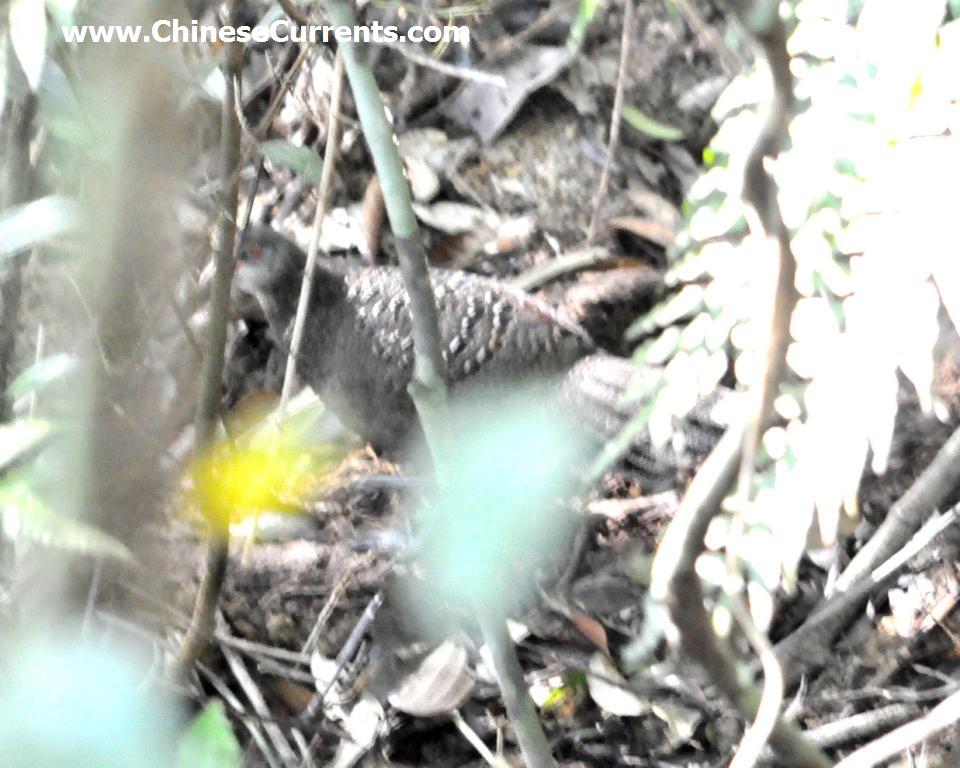
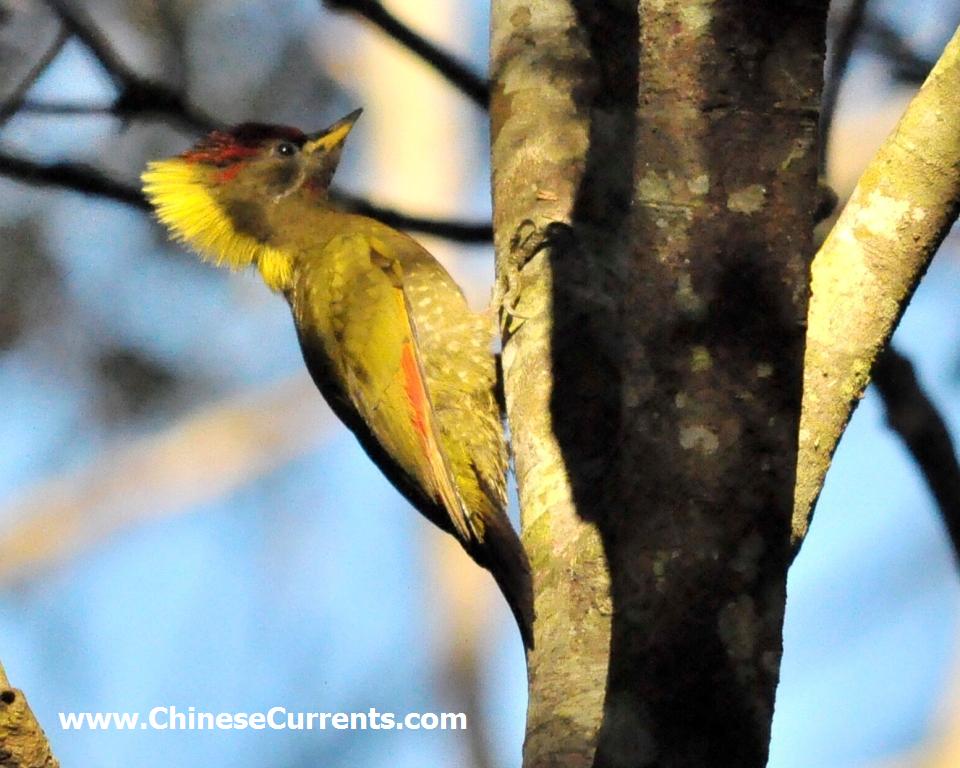
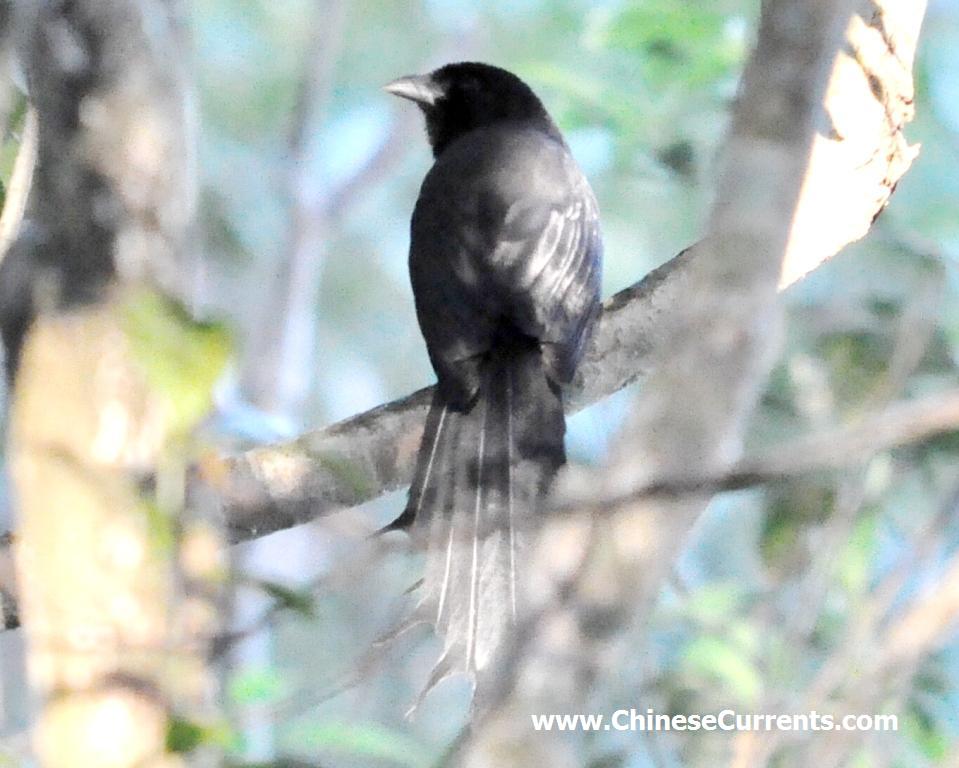
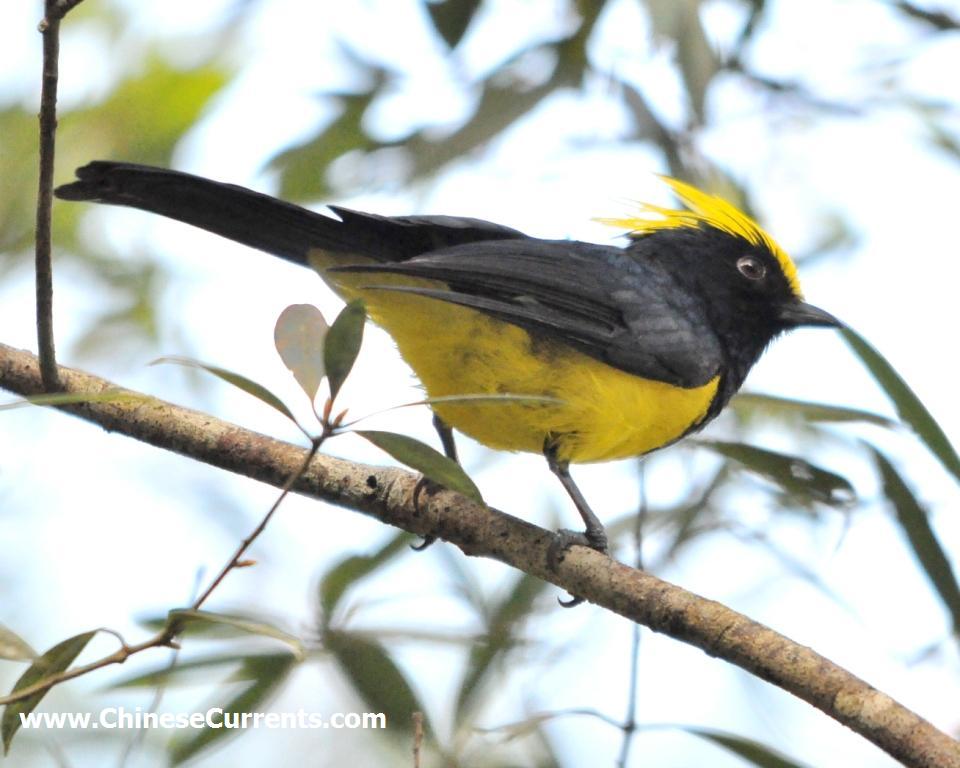
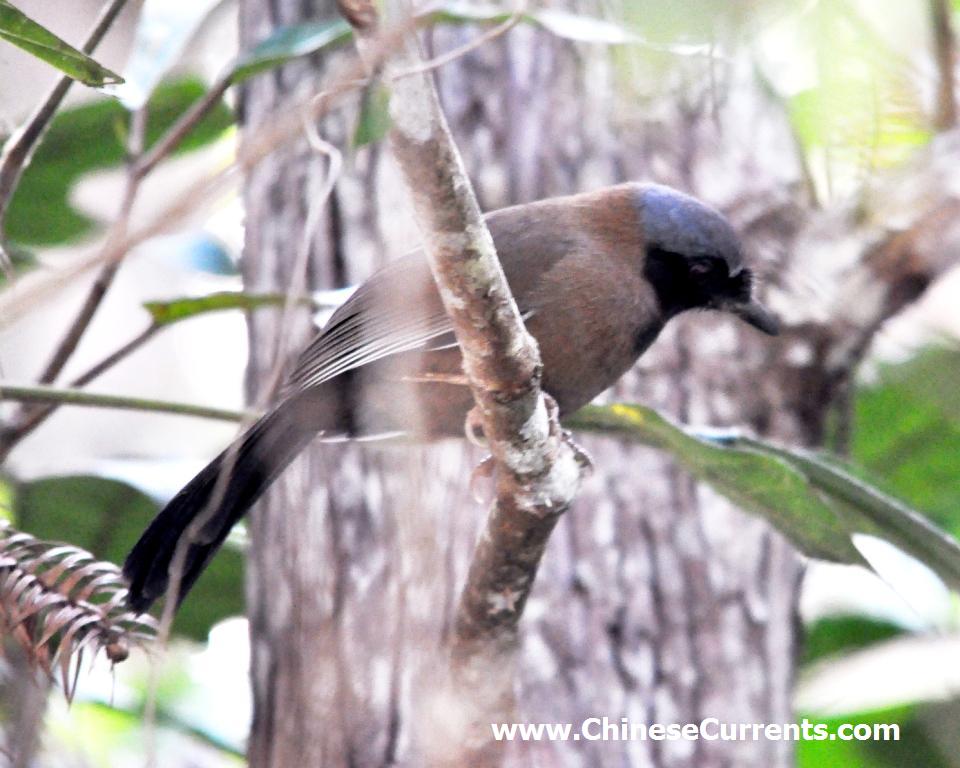
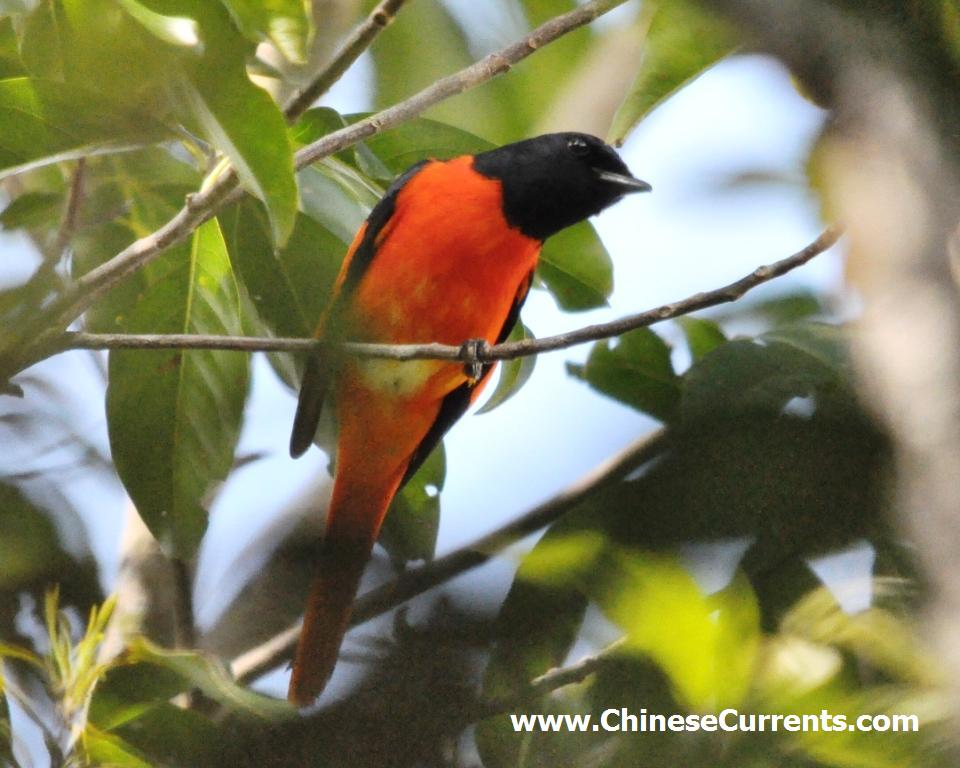
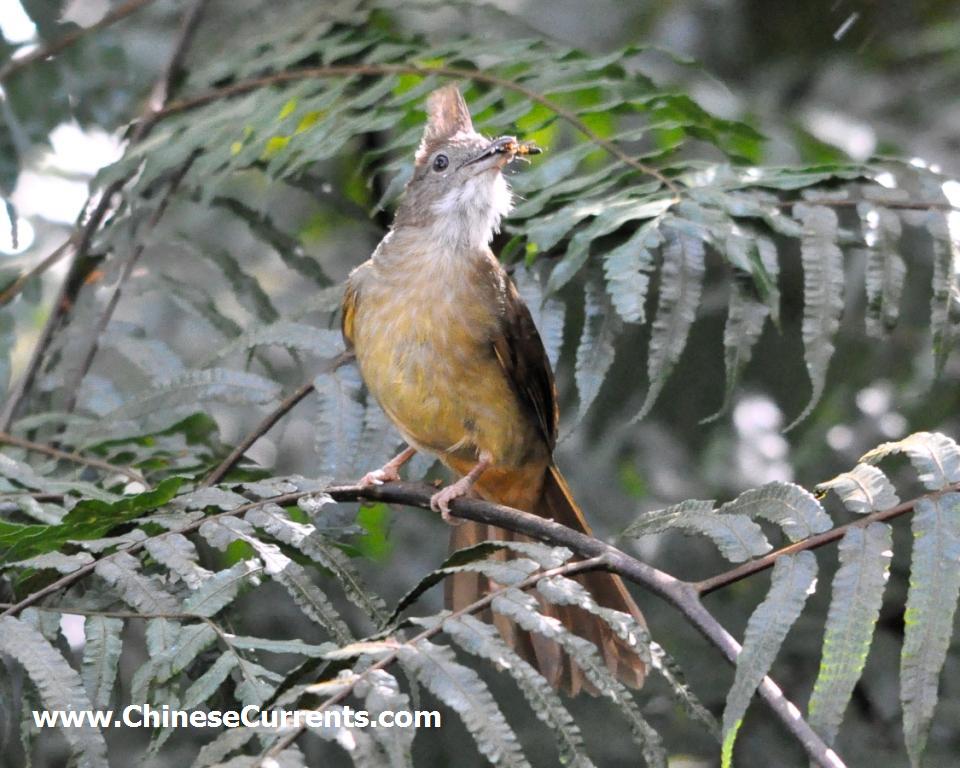
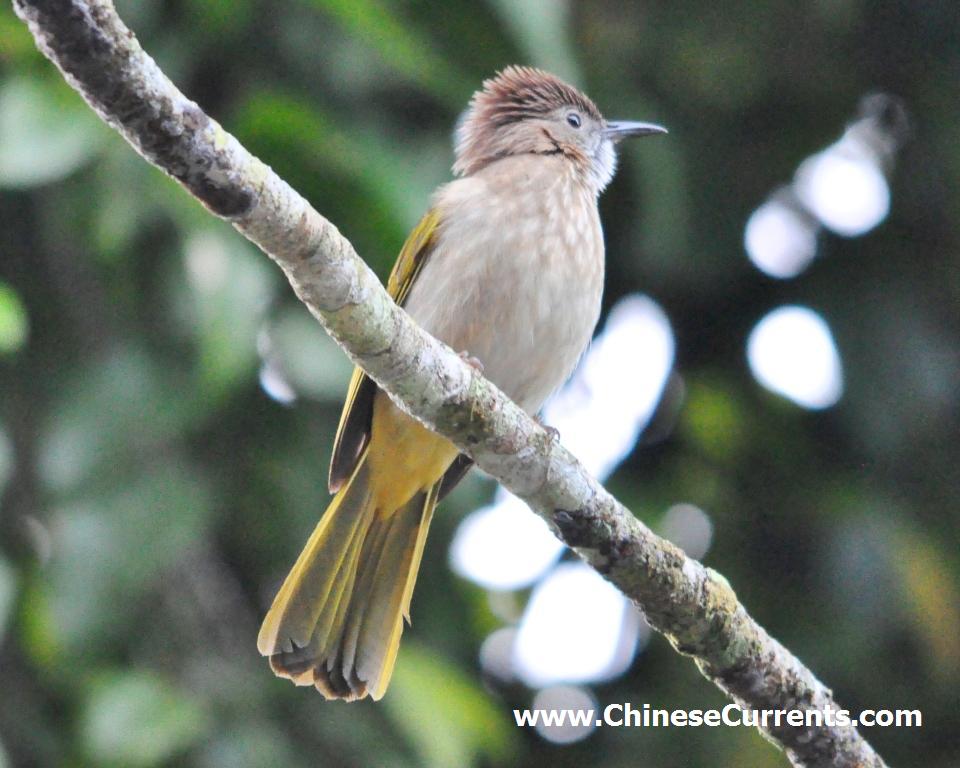

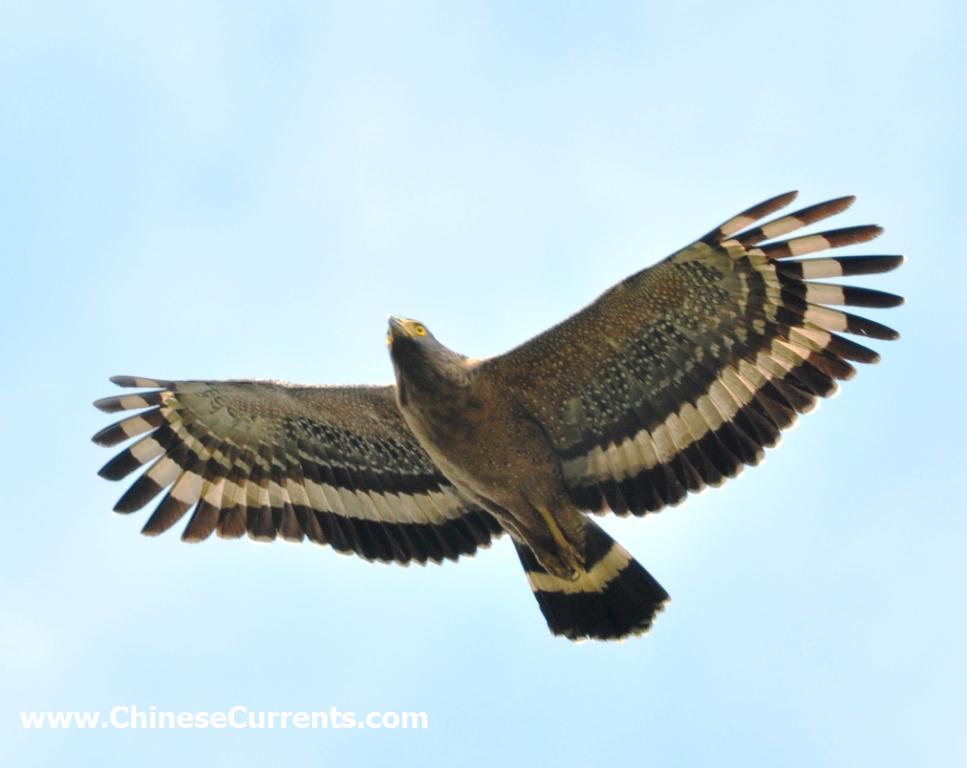
|

